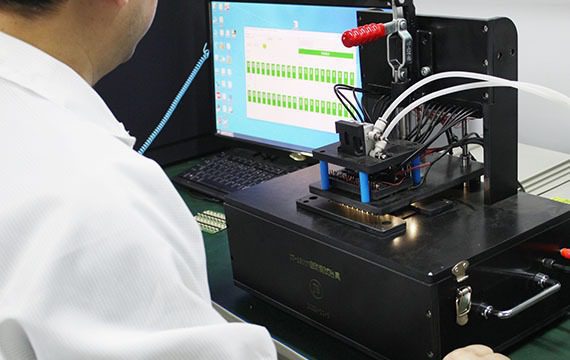Factors Affecting Soldering Quality
-
Solder Paste Selection
Choosing the right solder paste is crucial for quality soldering:
- Metal Content: Higher metal content improves viscosity and resistance to preheating forces, reducing solder bead formation.
- Oxidation Degree: Keep solder oxidation below 0.05% to prevent solderability issues and tin bead occurrence.
- Particle Size: Finer particles can increase oxidation and solder bead formation.
- Flux Amount and Activity: Balance flux levels to avoid paste collapse and tin bead generation.
- Precautions: Factors like moisture, PCB conditions, and stirring time can promote tin bead formation.
-
Steel Mesh Handling
Proper steel mesh handling is essential:
- Opening Size: Adjust stencil openings to prevent paste spillage and solder bead occurrence.
- Thickness: Use a stencil thickness of 0.12-0.17mm to avoid paste collapse and tin bead formation.
-
Placement Machine Pressure
Control placement pressure to prevent solder bead formation:
Reduce mounting pressure and use suitable stencil openings to avoid paste spillage.
-
Furnace Temperature Curve
Optimize furnace temperature settings:
Control temperature rise during preheating to prevent solder splash and tin bead formation during reflow soldering.

